Detailing my Arrow
Now that warmer weather has arrived, it is time to start my planned projects for my recently purchased 1970 PA28R-200. The exterior detailing was the first job and that began with a through wash job at our airport's wash rack. The plane was flown immediately after washing to air dry it as much as possible.
A buddy of mine is an automotive detailer in the Boston area. He came down for a couple days and in 2 days and 12 hours of work, we transformed an "ugly duckling" into a gracefully aged "white swan".
I pointed out all the pitfalls of detailing a plane while using an assortment of power buffers and hand tools. Taking special note of antennas and rivet heads.
We started with a 3M medium grade rubbing compound to remove the dead paint and surface contamination. Next we went over the plane again using a 3M hand glaze (i.e. polish). The third step was applying a ceramic all-in-one wax sealant; this was done with an orbital buffer and then hand buffing to a nice glassy look using micro-fiber towels. The fourth and final step was to go over the plane with a spray ceramic detailer to remove any wax residue and to blend the ceramic wax sealant into a uniform layer of paint protection.
I was very pleased with the results as seen in the pictures. Routine maintenance will only require going over the plane with the spray ceramic detailer every six months. At some point, it will need to be repainted, but I will save that expense for another time.
Thanks, Bruce
1970 PA28R-200
Manakin Sabot, VA


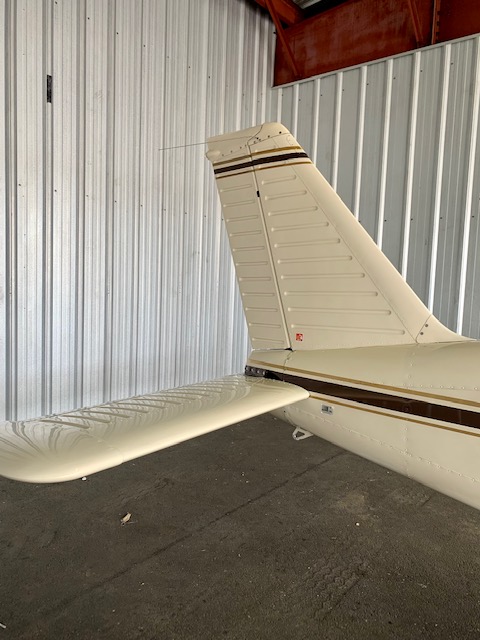
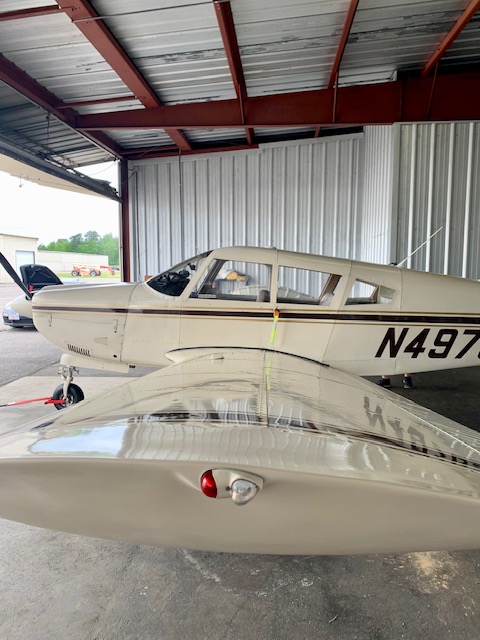
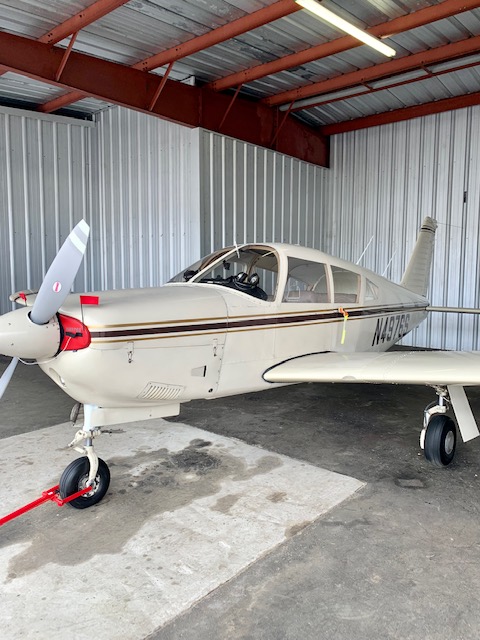
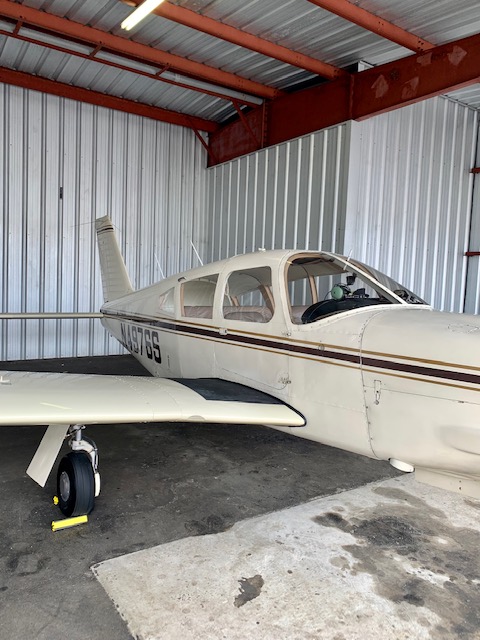
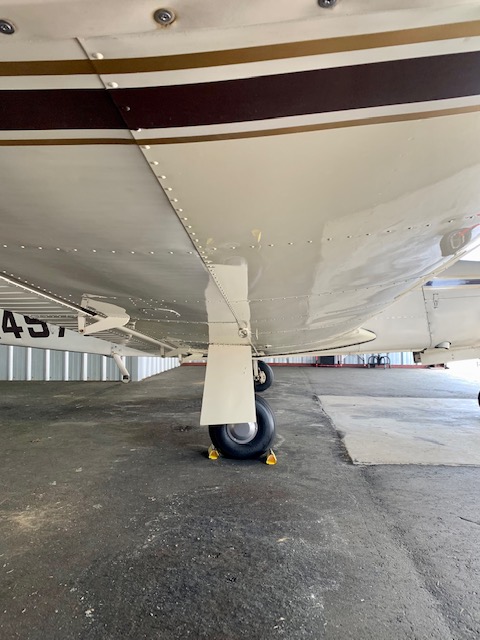
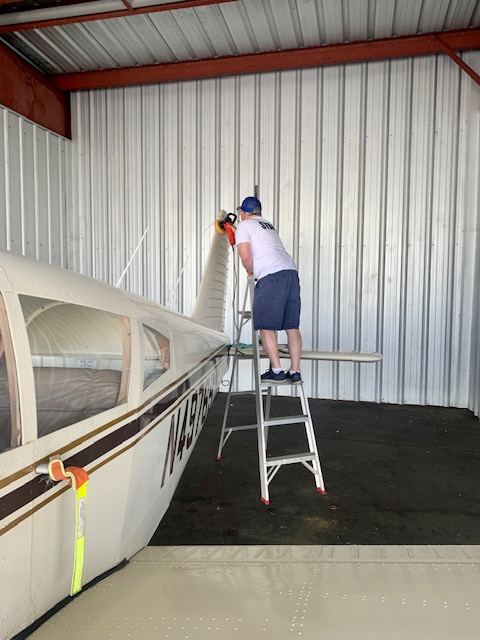
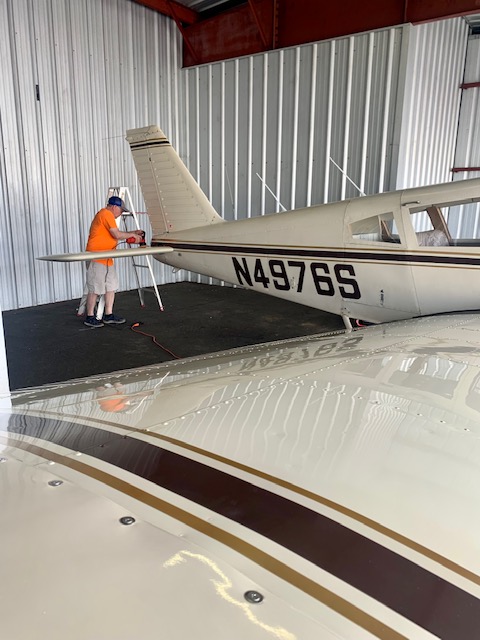
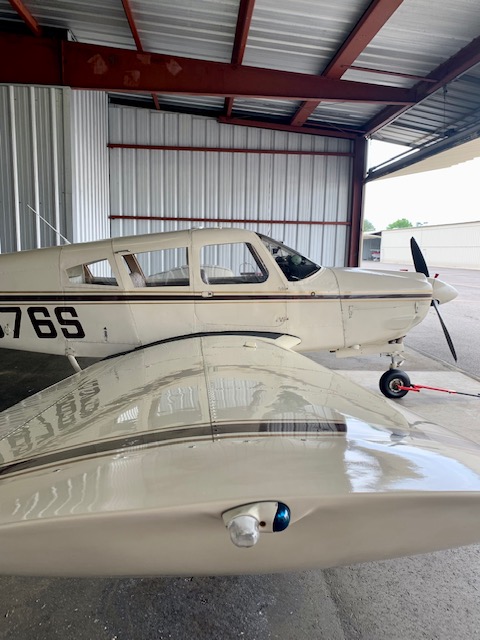
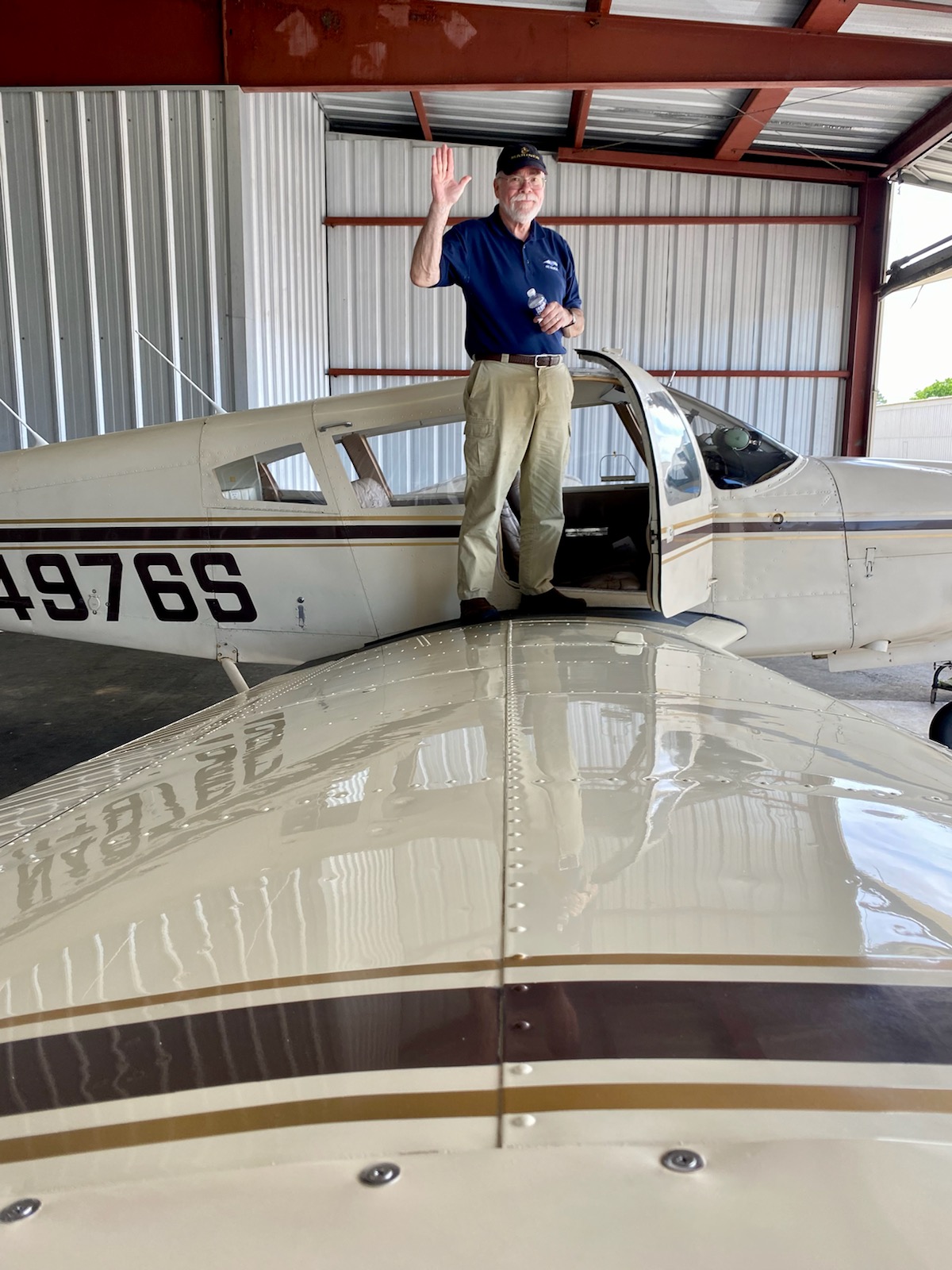
Comments
Hi Bruce,
I'm so impressed, this is amazing. I'm going to have to that with my Arrow in the next couple of weeks. Also, maybe Mike J Jones will say something here; last year he did a ceramic costing on his.
Enjoy your new airplane!
Scott Sherer
Wright Brothers Master Pilot, FAA Commercial Pilot
Beautiful job!
Jim "Doc Griff" Griffin
PA28 - 161
Chicago area
This is also on my list for Spring which has yet to arrive in Oregon....
Another caution is blocking static ports. If you have non aviation help they may drive wax into the small holes. If you cover with tape you may forget. I recommend leaving a reminder on the yokes.
Looks fantastic!
Eric Panning
1981 Seneca III
Hillsboro, OR (KHIO)
How many knots did ya pick up? Pass any Mooneys?
I own and fly a 79 PA32RT-300T. Previous aircraft are a 79 Archer and 76 Arrow.
Eric,
Good point and I showed my friend Gary the fuselage mounted static port on the Beech Bonanza in the hanger next-door. Told him to be very careful around those static ports.
Obviously not an issue on the Cherokees with their static port on the the rear of the pitot vane.
Thanks, Bruce
1970 PA28R-200
Manakin Sabot, VA
Unit74,
My Arrow appears to cruise a couple knots faster, but I have no empirical data to prove it. Have not owned it long enough to be certain of the speed improvement.
I did notice the plane felt more "slippery", especially in the traffic pattern. It seems to accelerate quicker on the departure climb when I raise the gear.
I will leave "passing Mooney's" to my turbo-charged brothers. My Arrow is a 200 hp first generation PA28R; not known being a hot rod. But I like the way you think! 😉
Thanks, Bruce
1970 PA28R-200
Manakin Sabot, VA
Looks amazing!
Thank you!
Thanks, Bruce
1970 PA28R-200
Manakin Sabot, VA